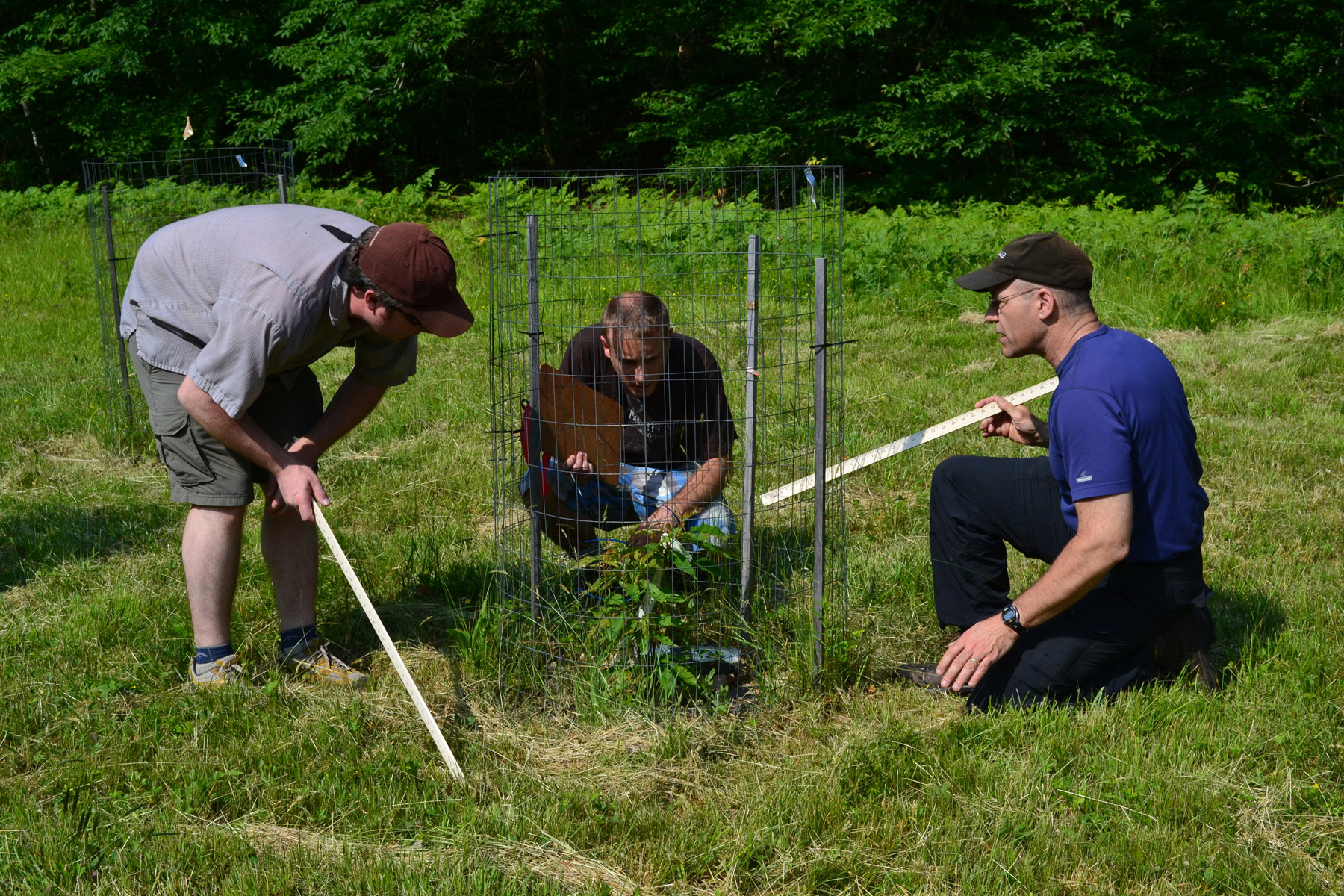Restoration of American Chestnut in Northern Forests
Jan. 10th 2015American chestnut, once a prized forest products species throughout the eastern United States, including Vermont, was removed as an overstory tree when a fungal blight was introduced to the U.S. over 100 years ago. The restoration effort for this species that holds the most immediate promise involves hybridization of American chestnut with the highly blight-resistant Chinese chestnut followed by repeated backcross breeding of resistant offspring with American chestnut. So far, backcross breeding has primarily included American chestnut trees from the heart of the species' former range. Yet, for restoration in Vermont and other northern locations, the breeding program also needs to include genetic material that allows for growth and survival in colder environments. Researchers from the USDA Forest Service Northern Research Station, University of Vermont, and The American Chestnut Foundation joined forces to investigate growth and survival of chestnut seedlings in Vermont’s climate. Researchers Thomas Saielli, Paul Schaberg, Gary Hawley, Joshua Halman, and Kendra Gurney evaluated first-year growth and shoot winter injury of 13 genetic sources of American chestnut in comparison to Chinese chestnut and native red oak. They planted the seedlings under three different silvicultural treatments (open, partial, and closed canopy overstories) on the Green Mountain National Forest. The research team discovered that seedlings growing under open canopies with greater access to sunlight exhibited greater height and diameter growth than seedlings growing under partial and closed canopies. However, open canopies also resulted in lower winter temperatures that increased seedling winter injury as evidenced by shoot dieback. Chinese chestnut seedlings had significantly greater growth but experienced greater winter injury than American chestnuts, whereas red oaks generally grew the least and experienced intermediate levels of winter injury. Researchers also found differences in growth and winter injury among American chestnut sources: seedlings with origins from warm and moderate temperature zones grew more in height and diameter but experienced greater winter injury than seedlings from colder climates. Because American chestnut seedlings from colder zones experienced less winter injury, researchers propose that temperature zone classification could be a useful tool for identifying locations where cold-adapted parent trees could be found. Furthermore, differences in growth and winter injury among American chestnut sources within the moderate temperature zone highlight an opportunity for source selection that can better balance growth and cold hardiness. High elevation sources from the moderate temperature zone may offer both greater growth potential and increased cold hardiness. These sources may be appropriate for future breeding and possible assisted migration of American chestnut to the north, particularly as climates warm.
 ecoNEWS VT
ecoNEWS VT